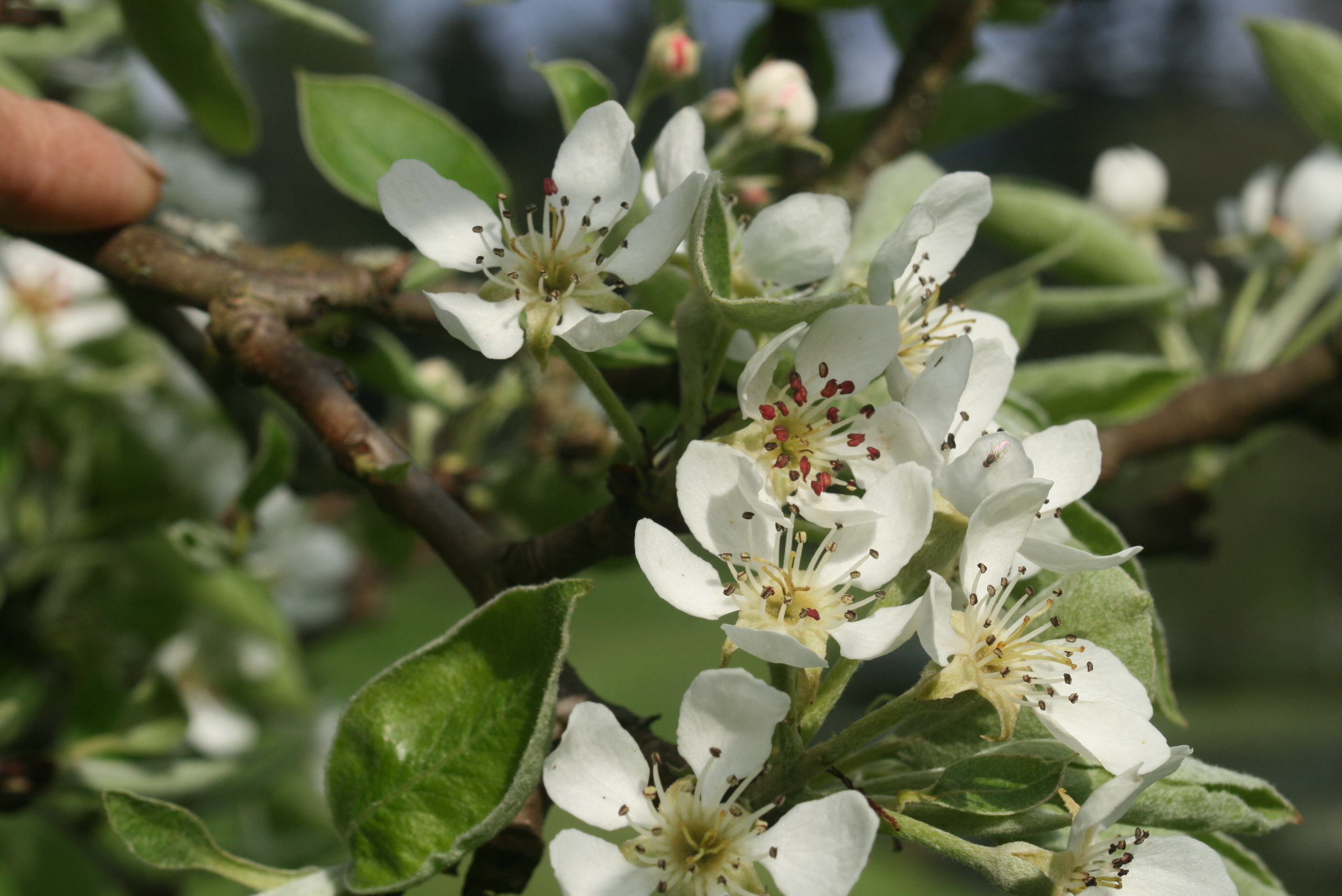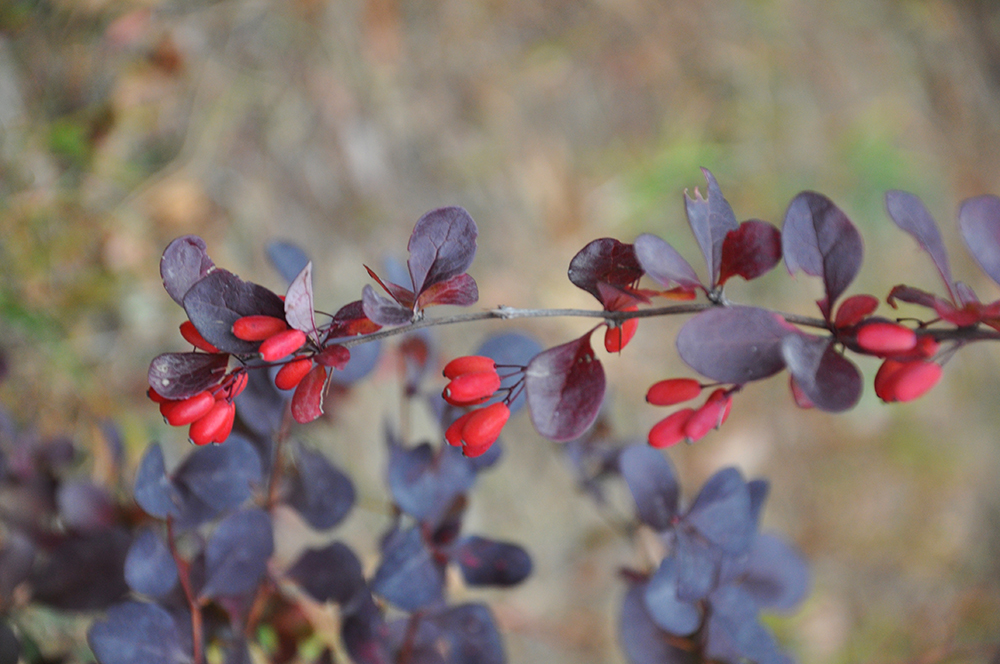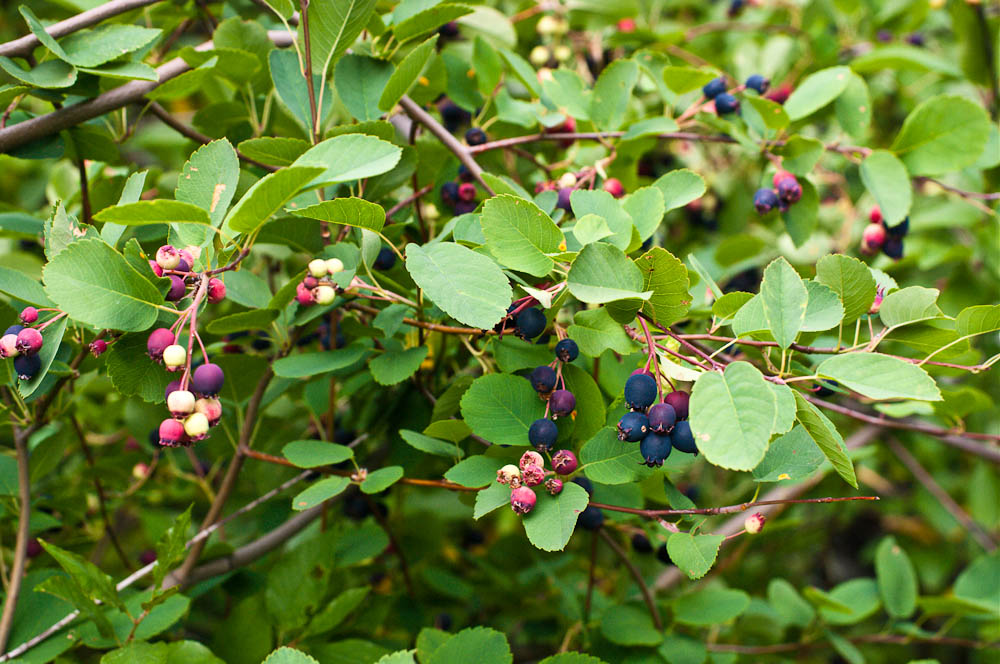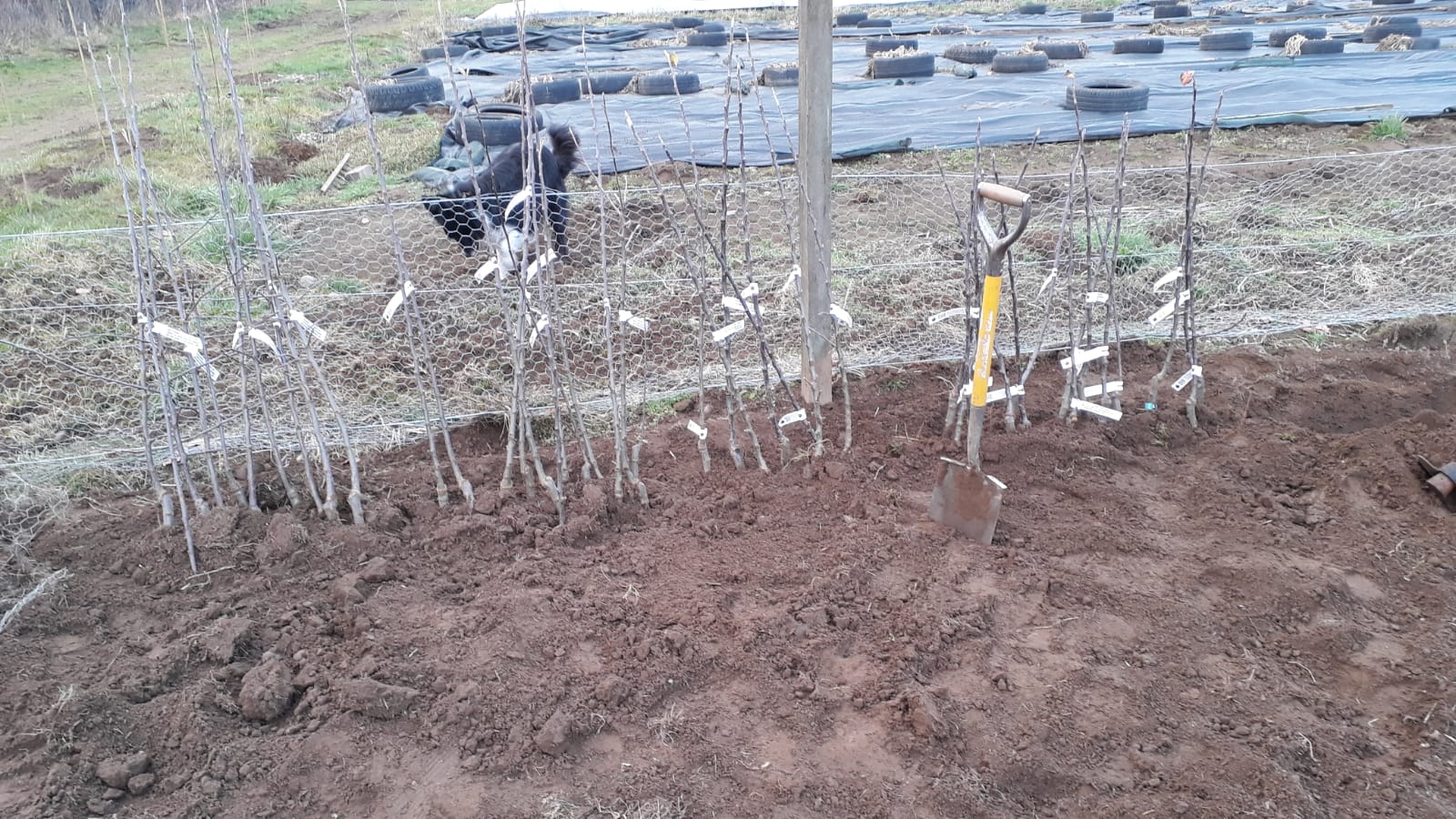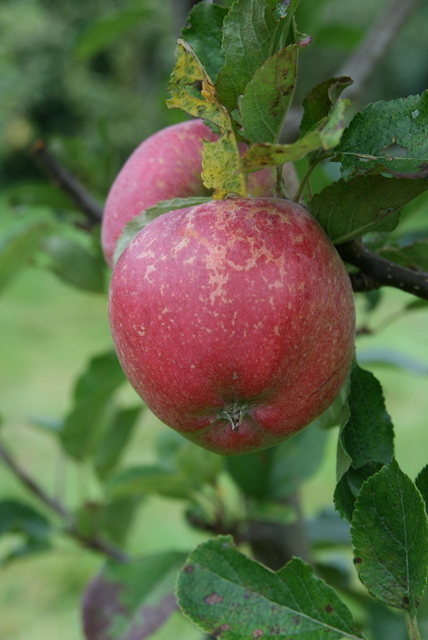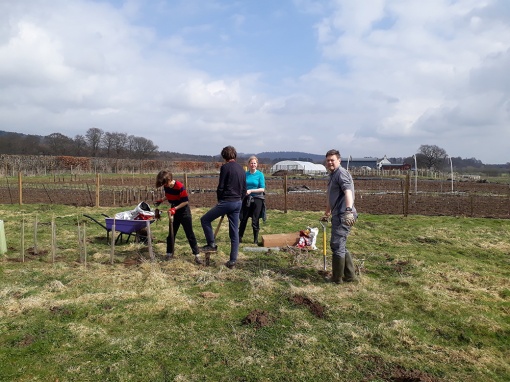
This new year, we are running ‘Fruit Tree Expert 2019‘ at Blackhaugh Community Farm – a series of workshops for the new and improving fruit tree grower.
Workshops are led by Andrew Lear, who puts over 30 years of horticultural knowledge into practice by teaching and advising orchard groups and owners throughout Scotland, and propagating our heritage varieties of fruit.
Each workshop is £20 per person. Numbers will be limited for practical reasons. Please reserve your place below via Paypal, or enquire at email@plantsandapples.com.
Notes for participants: There will be lots of opportunities to ask questions during the workshop. We recommend bringing water and a packed lunch, or some snacks to keep you going. Facilities for making hot drinks will be available at the farm.
Workshop 1: Winter Pruning (SOLD OUT)
Date: Sunday 27 January, 10:00 – 15:00
Location: Blackhaugh Community Farm, Spittalfield, Perth PH1 4JZ
Description: In this workshop, we will look at the theory of winter pruning followed by a trip to a local orchard for hands-on practical experience. Bring your own secateurs and loppers if you have them.
Sorry, this workshop has now sold out. Why not join our mailing list to hear about our future courses?
Workshop 2: Grafting Fruit Trees (SOLD OUT)
Date: Sunday 24 February, 10:00 – 15:00
Location: Blackhaugh Community Farm, Spittalfield, Perth PH1 4JZ
Description: In this practical and theoretical workshop, you will be able to graft and take away your own tree at the end of the session. This workshop involves the use of very sharp knives so an element of competence with them will be a pre-requisite!
Sorry, this workshop has now sold out. Why not join our mailing list to hear about our future courses?
Workshop 2.5: Spring Foraging Day
Date: Saturday 11 May, 10:00 – 13:00
Location: Blackhaugh Community Farm, Spittalfield, Perth PH1 4JZ
Description: Join us for a discussion of native edible plants, wild food and perennial vegetables, followed by a trip around the farm to forage our lunch!
Workshop 3: Fruit for the Permaculture Garden (Last few places!)
Date: Sunday 23 June, 10:00 – 15:00
Location: Blackhaugh Community Farm, Spittalfield, Perth PH1 4JZ
Description: We will learn about the wide range of fruit trees and shrubs that make up the structure of a Permaculture Garden in Scotland. We will demonstrate how to cultivate a diverse and fruitful forest garden, finishing with an exercise to design a garden at the farm with your newfound knowledge.
Reserve your place, via Paypal:

Workshop 4: Summer Pruning and Training of Fruit trees
Date: Sunday 21 July, 10:00 – 15:00
Location: Blackhaugh Community Farm, Spittalfield, Perth PH1 4JZ
Description: We will discuss the theory of summer pruning and training in this workshop, and draw up plans for a garden of trained fruit at the farm in the afternoon. Various methods of training, tying and protecting will be demonstrated.
Reserve your place, via Paypal:

Workshop 5: Budding of Fruit Trees (NEW DATE)
Date: Saturday 24 August, 10:00 – 15:00
Location: Blackhaugh Community Farm, Spittalfield, Perth PH1 4JZ
Description: In this workshop, we will cover the theory and practice of propagating fruit trees professionally. We will demonstrate good budding technique and you will have the opportunity to have a go yourself under field conditions at the farm.
Reserve your place, via Paypal:

Workshop 6: Planning and Planting Orchards (NEW WORKSHOP)
Date: Saturday 12 October, 10:00 – 15:00
Location: Blackhaugh Community Farm, Spittalfield, Perth PH1 4JZ
Description: We will be covering the theory around how to successfully design and plant up an orchard, and cover your own projects. There will be practical work on the farm to hone your skills! £20 per person. Please reserve your place on email@plantsandapples.com or 07749987213.
Is there a workshop missing? Let us know if there’s something else you’d like to learn from us by emailing: email@plantsandapples.com
Stay in touch on Twitter, Instagram or Facebook!


